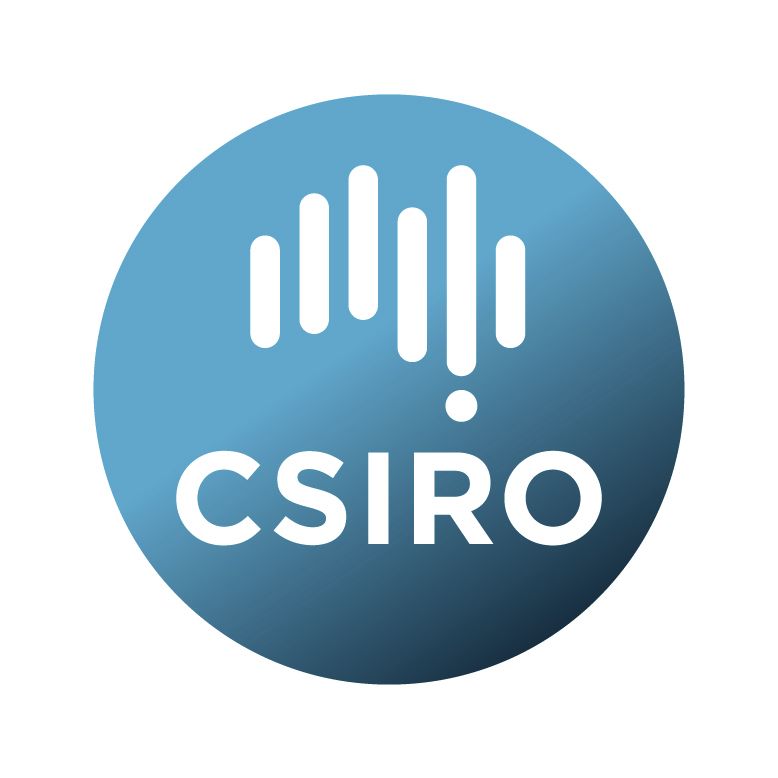Brief description
This collection presents a gap-filled, gridded time series dataset of daily ocean temperature and current, collected from an array of 6 coastal Integrated Marine Observing System (IMOS) moorings off the southwest coast of Western Australia (WA) during 2009-2023, at depths ranging from 47 m to 500 m. Self-Organizing Map (SOM) is used to fill the data gaps.The collection also provides a daily gridded mooring dataset of temperature, salinity, and current without gap-filling. Monthly average data are also included. Monthly data were then derived from daily data if there were more than 10 days of data during that month.
This integrated dataset provides an overview of data availability and allows users to have quick access to the mooring data, without the need of manipulating over one thousand files individually. This unique dataset offers an invaluable baseline perspective on water column properties and temporal variability in WA coastal waters. The data can be used to characterise subsurface features of extreme events such as marine heatwaves, marine cold-spells, and to detect long-term change signals along the WA coast, influenced by the Leeuwin Current and the wind-driven Capes Current.
Lineage: This collection includes two data products: the unfilled gridding data and the in-filled gridding data.
For the first product, initially raw data (FV00) were processed using IMOS Matlab Toolbox, then Quality Assurance (QA) and Quality Control (QC) of the data were performed using the Toolbox and assessed by oceanographers (https://doi.org/10.25919/9gb1-ne81). After that, quality-controlled data (FV01) were concatenated, and then (linearly) interpolated to a grid of 1m vertical resolution and averaged daily. Monthly data were then derived from daily data if there were more than 10 days of data during that month.
For the second product, based on the unfilled data, we firstly had extrapolated temperature and current vertical profiles, and then selected these profiles for training Self-Organizing Map (SOM), thereby improving the accuracy of the input data's topological structure. Daily data vectors containing missing values were mapped onto SOM grids using the best matching unit determined by a similarity function, and the missing data points were filled by replacing them with the corresponding SOM unit.
Available: 2025-04-28
Data time period: 2009-01-01 to 2023-08-15
Subjects
ADCP |
Earth Sciences |
Oceanography |
Physical Oceanography |
SBE |
Temperature |
current velocity |
long-term gridded time series |
salinity |
User Contributed Tags
Login to tag this record with meaningful keywords to make it easier to discover
Identifiers
- DOI : 10.25919/MYAC-YX60

- Handle : 102.100.100/635580

- URL : data.csiro.au/collection/csiro:62681



